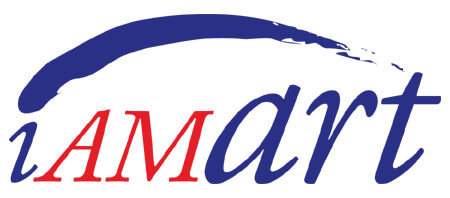choosing a sketchbook - part 3
binding

There are three primary types of sketchbook binding: hard-bound, spiral-bound and tape-bound.
Hard-bound sketchbooks have a hard cover and a sewn joint, just like a hard-bound book. These sketchbooks generally contain medium weight paper, about 70 lb. Hard-bound sketchbooks are the toughest and sometimes the expensive. They take more wear and tear, and generally survive longer than spiral or tape-bound books. Depending on the quality and method of binding, hard-bound sketchbooks often do not lay flat when opened all the way, so they can be difficult to use for larger drawings or for writing. Hard-bound sketchbooks are also less likely to have perforated pages, so they’re better thought of as real archival sketchbooks.
Spiral-bound sketchbooks sometimes have hard covers but their covers often consist of a hard-back cover and a thick paper front. Because of this construction, spiral-bound books are a little less hardy than hard-bound sketchbooks. Spiral-bound sketchbooks open flat when put on a surface, so they can be good for ink and paint washes. Spiral-bound sketchbooks often have perforated pages, so pages are easy to remove and have a clean edge for presentation, duplication, mounting, or framing
Tape-bound sketchbooks generally have fewer pages than hard-bound and spiral-bound sketchbooks and do not have substantial covers. Tape-bound sketchbooks are not rugged, long lasting sketchbooks. Sketchbooks bound in this manner come in a wide variety of surface types and weights, ranging from very thin tissue and tracing paper to heavy bristol and vellum papers. Sometimes, tape-bound sketchbook pages are perforated, but often the pages are held in by a line of adhesive so it is not difficult to pull them out.
Regardless of the method of binding used, sketchbook covers vary widely in materials, color and design. With so many variables to consider, your aesthetic preference regarding the cover might ultimately be the deciding factor in which sketchbook choose.
